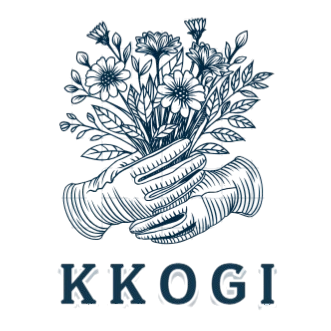
Beginner’s Guide to Container Gardening: What You Need to Start in 2025
Share
What is Container Gardening?
Container gardening means growing plants in pots, planters, or other containers instead of planting them directly in the ground. It's easy to manage, low-maintenance, and perfect for:
- Urban gardeners
- Beginners with no experience
- Elderly gardeners or people with mobility issues
- Seasonal gardeners who want flexibility
What You Need to Start Container Gardening
1. The Right Containers
Choose containers with drainage holes and a size that fits your space and plant type.
Best-sellers in 2025:
- Self-watering planters
- Recycled plastic pots
- Hanging baskets for herbs
- Raised planter boxes for veggies
2. High-Quality Potting Mix
Avoid using garden soil. Use potting mix designed for container gardening—it's lighter, drains better, and is nutrient-rich.
For organic options, choose mixes with coconut coir, perlite, and compost.
3. Essential Gardening Tools
Keep it simple to start. A beginner’s tool kit should include:
- Hand trowel
- Pruners
- Gloves
- Watering can or hose with spray nozzle
Tip: Look for ergonomic tools if you have limited mobility or arthritis.
4. Plants That Thrive in Containers
Start with low-maintenance plants suited to your climate and sun exposure. Some beginner-friendly picks include:
- Herbs: Basil, mint, chives, parsley
- Veggies: Cherry tomatoes, peppers, lettuce
- Flowers: Marigolds, petunias, geraniums
- Indoor plants: Snake plant, pothos, succulents
5. Fertilizer & Plant Food
Container plants need extra nutrients. Use a slow-release or liquid fertilizer every few weeks depending on the plant’s needs.
6. Sunlight & Placement
Track how much sunlight your space gets daily:
- Full sun (6+ hrs): Tomatoes, peppers, rosemary
- Partial sun/shade (3–6 hrs): Lettuce, mint, begonias
